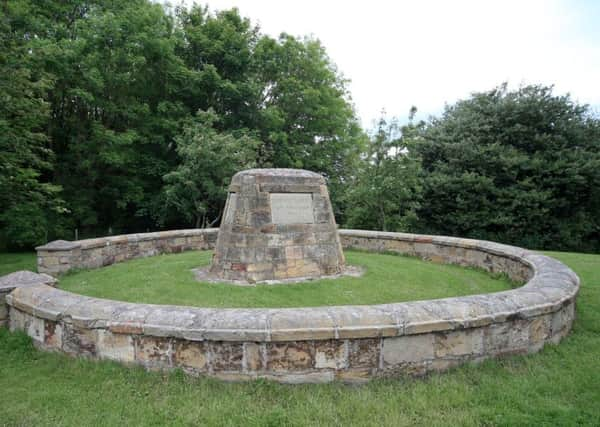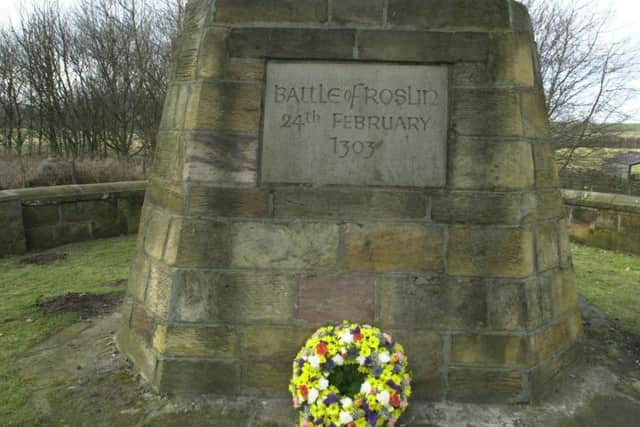Remembering: The Scottish victory at the Battle of Roslin


On 24 February 1303 a force of 8,000 Scots defeated an English army of 30,000 around Roslin, south of Edinburgh, in one of the Scots greatest victories in the wars of independence.
After the 1296 annihilation of Berwick - then the second-most important port in Britain - Edward I of England appointed one of his knights, John de Segrave, to govern Scotland.
Advertisement
Hide AdAdvertisement
Hide AdDuring his brief oversight, de Segrave fell in love with Scots beauty Margaret Ramsey of Dalhousie. But Margaret had already given her heart to the Lord of Rosslyn, Henry St Clair. Outraged, de Segrave petitioned Edward I to invade Scotland on the grounds that the marriage would strengthen Scottish ties with France.


De Segrave entered Scotland with 30,000 men, intending to attack the homes of St Clair and his allies by splitting his forces into three equal parts.
The invading soldiers were first spotted in Melrose, about 35 miles to the south-east, when the alarm was sent out to the leaders of the Scottish resistance. In an amazing logistical feat for the period, some 8,000 Scots soldiers were mustered from around the Lowlands in the town of Biggar, 25 miles to the south-west of Roslin.
Under dark and heavy cloud, the Scots approached de Segrave’s contingent of 10,000 men as they slept on an embankment of the River Esk early on the morning of 24 February. Those who survived were driven into the woods and ambushed by Scots who lay hidden there.


Some English soldiers escaped to warn the second army of 10,000 besieging nearby Dalhousie Castle. Knowing that Sir Ralph de Confrey, who led this contingent, would immediately march to face them, the Scots positioned themselves in a defensive line on the summit Langhill.
After a force marched, and heedless of all tactical sense, the English soldiers charged up the hill only to be easily picked off by Scots archers and steered towards a ravine by Scots pikemen where many plunged to their deaths.
The Scots then slaughtered the prisoners they had captured to stop them adding to the numbers of the final English army.
Advertisement
Hide AdAdvertisement
Hide AdStill the exhausted Scots had to face another 10,000 men. But Prior Abernathy of the Knights Templar had prepared for this despondency and had his men erect a canvas Saltire on the Pentland hills where it would catch the evening sun. The priest rallied the soldiers and bid them look to the hills where they could see the burning Saltire telling them it was a sign that God blessed their cause.
The Scots waited for the third English force under Sir Robert Neville on the high ground above the Esk valley at Mountmarle. The English approached along the valley and were ambushed and routed by the Scots who charged them from above. Historians believe as little as 10 per cent of all the English soldiers returned home – a stunning defeat.
The Scots won a famous victory, and resisted conquest for a little while longer, but the battle is little celebrated in their native land - perhaps because it was achieved under the command of Sir John Comyn, the bitter rival of Robert the Bruce. And, since the Bruce won Scotland’s independence, his stamp on this nation’s history may have removed his rival’s deeds.
